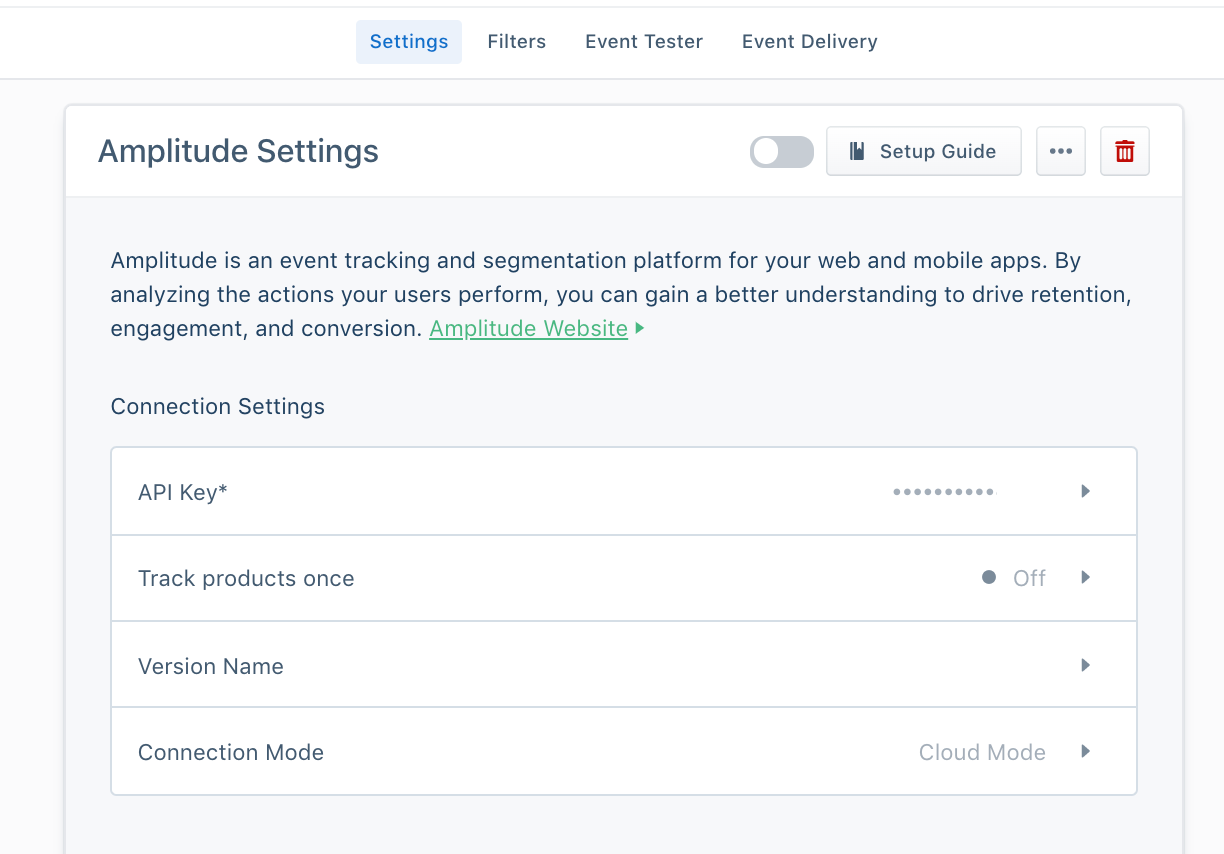Conversion analysis is not always as clear cut as a first or last touch moment. This recipe helps to identify the moments that turn new users into high-value customers with no-code, Milestone Analysis. Historical count (the number of times an action was performed) can help you to answer burning questions such as:
What drives users to subscribe-watching their first or fifth video?
Does creating a second or fourth project drive an account to renew?
How many products does an online shopper need to view before making a first purchase?
From there, you can create more high-value experiences for customers. Effectively build core behaviors or launch new products with a clear understanding of your conversion moments.
Whether you’ve been building off of hunches, defining product analytics, or trying to drive new behavior with experiments, milestone analysis points to the exact moment of conversion. Resulting in better visibility of churn risks and higher customer retention.
“Creating customer pathways is like playing chutes and ladders. If a user hits the right milestone, it’s a quick journey toward accelerated growth. Historical Count makes it easy to analyze behavior patterns and build the right experiences to direct users to key milestones. Historical Count has changed the game for our marketplace analysts, developers, and marketers.”
- Alexander Soria, Senior Director of Data Science at Mindbody
Step 1: Categorize your milestone
Develop your hypotheses around a milestone of user behavior. Take this example from a fictional streaming app. In this case, we want to know: “How many users played a song or video for the 2nd time in the last 30 days?” because we’ve seen that users who revisit a favorite song/video are more likely to be retained. Use Historical Count to filter for events for the “Nth” time performed.

Step 2: Create an Event Segmentation chart
Using an Event Segmentation chart in Amplitude, select “Play Song or Video” from the Event Module for Event A.
Step 3: Filter by milestone
For Event B, select “Play Song or Video” from the Event Module. Using the “where” clause, select the event property “Historical Count” and add the filter for the second time. This query will count how many users performed “Play Song or Video” in the last 30 days, and also how many of them performed “Play Song or Video” twice.

Wrapping up
Here’s what we’ve done in this growth recipe:
Posed a hypothesis around milestone conversion moments
Correlate user behavior to the milestone event taken by users, i.e. second time users play a song
Compared two user segments in a side-by-side analysis
Getting started is easy
Start connecting your data with Segment.